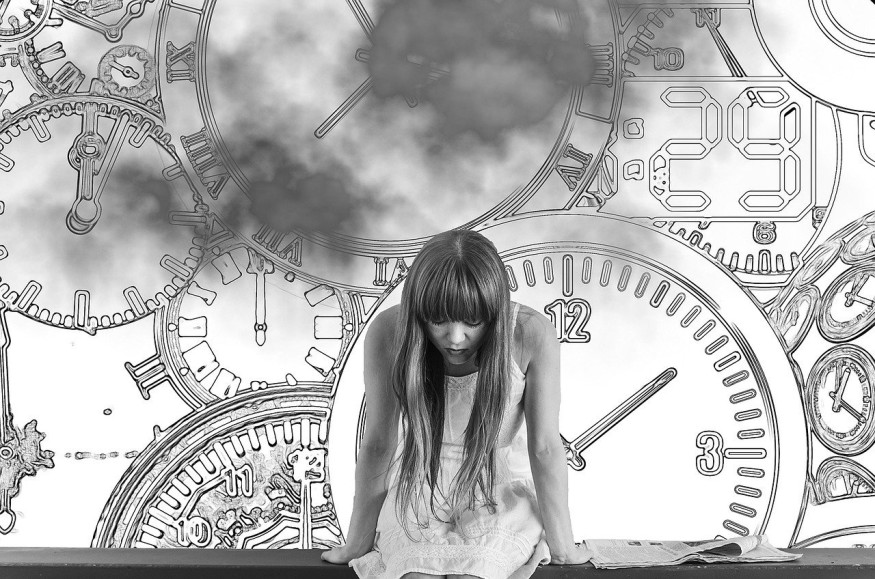The sensory organs, particularly the eyes, are constantly bombarded by visual information of millions of shapes, colors, and ever-changing motion in the surroundings. Understanding these stimuli is not an easy feat for the brain so the body's master organ has to employ some tricks.
A new study formed between a collaboration of psychology experts from the University of California in Berkeley and the University of Aberdeen revealed that people may be living in the past to be able to perceive a stable world.

Seeing the World 15 Seconds Ago
Assistant Psychology Professor Mauro Manassi from the University of Aberdeen and Psychology Professor David Whitney from the University of California in Berkeley wrote in The Conversation that the eyes constantly see an altering visual world due to the light, viewpoint, blinking, and bodily movements.
But despite the noisy and ever-changing visual world, the brain still perceives a remarkably stable world. In the study, titled "Illusion of Visual Stability Through Active Perceptual Serial Dependence" published in Science, researchers introduced a previously unknown visual illusion that shows the brain is continuously smoothing perceptions over time to create an illusion of stability despite seeing a physically changing object.
That means the brain seems to act like a time machine that keeps sending people back in time by consolidating the visual input every 15 seconds into one impression so people can handle everyday life. Researchers explain that if brains constantly update in real-time, it would feel chaotic given the constant fluctuations in light, shadow, and movement.
To illustrate their hypothesis, they created an illusion in which a video shows one side that is 30 seconds slower than in real-time. But they found that participants hardly noticed the full extent of the change in time. Instead, they reported that it is aging 15 seconds slower.
Since the brain is continuously biased towards the past, it sends a message that the object is 10 to 15 seconds old. The illustration shows that visual smoothing is happening to stabilize perception. Essentially, the brain is procrastinating because it is too much work to constantly deal with every visual input it receives.
Positive and Negative Impacts of Seeing the World 15 Seconds Late
In a similar report from Science Alert, researchers wrote that there are positive and negative impacts of not seeing the world in real-time. They explained that the delay is great for preventing feeling bombarded by visual input every day, but also increases life-and-death consequences when real-time processing of cues is needed.
For instance, researchers found that radiologists should be able to make decisions based on the X-ray images they obtained at present and in the past, which could have significant consequences on the patients. Researchers wrote that the sluggishness of humans' visual systems could make them blind to immediate changes.
Overall, the brain continues to create a stable world of vision despite seeing visual cues at a later time. Researchers note that it is important to remember that judgments made are not based on the present but depend on the cues from the past.
RELATED ARTICLE : Depression Alters Processing of Visual Information According to Study
Check out more news and information on Perception in Science Times.
© 2025 ScienceTimes.com All rights reserved. Do not reproduce without permission. The window to the world of Science Times.












